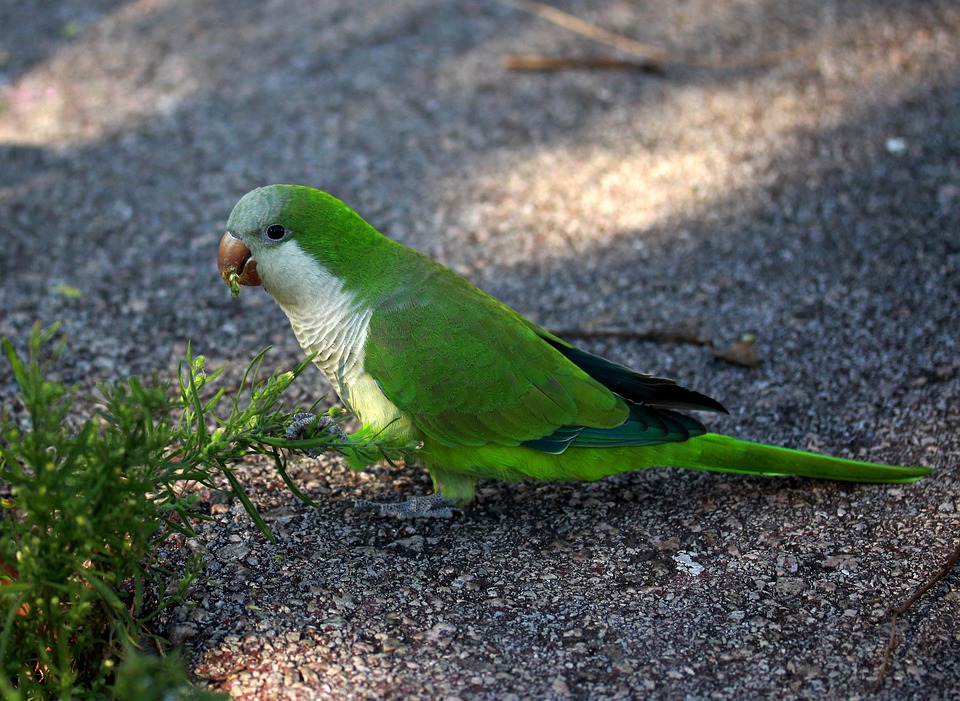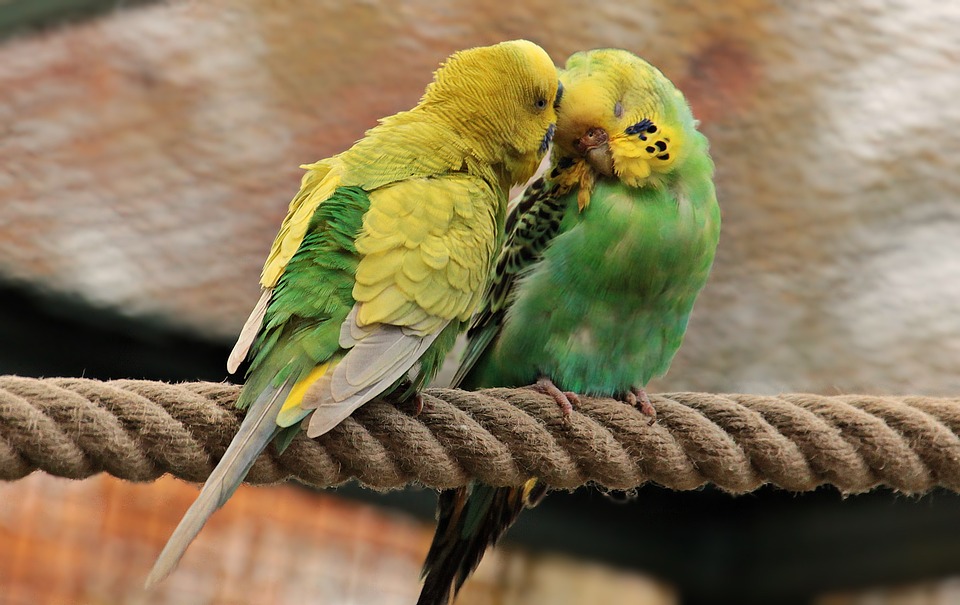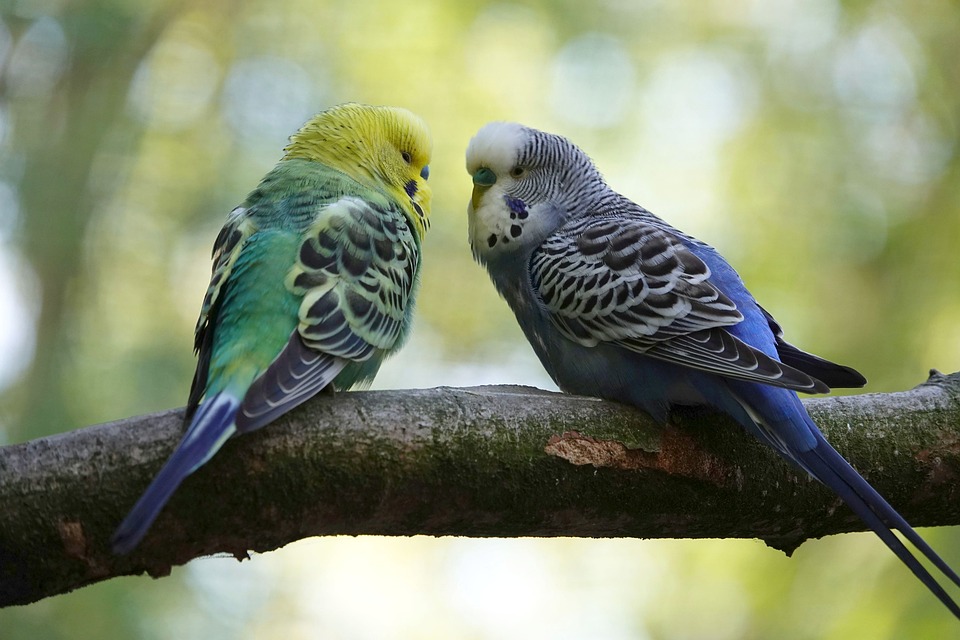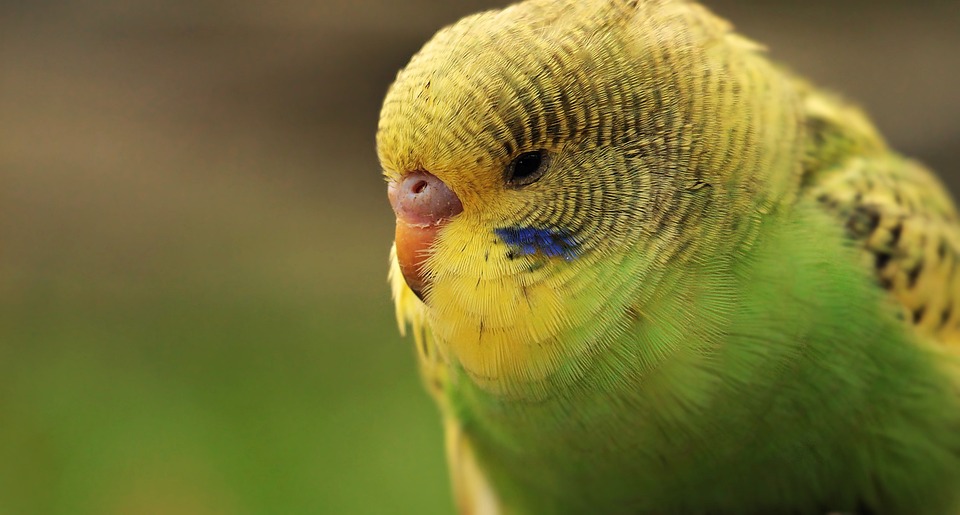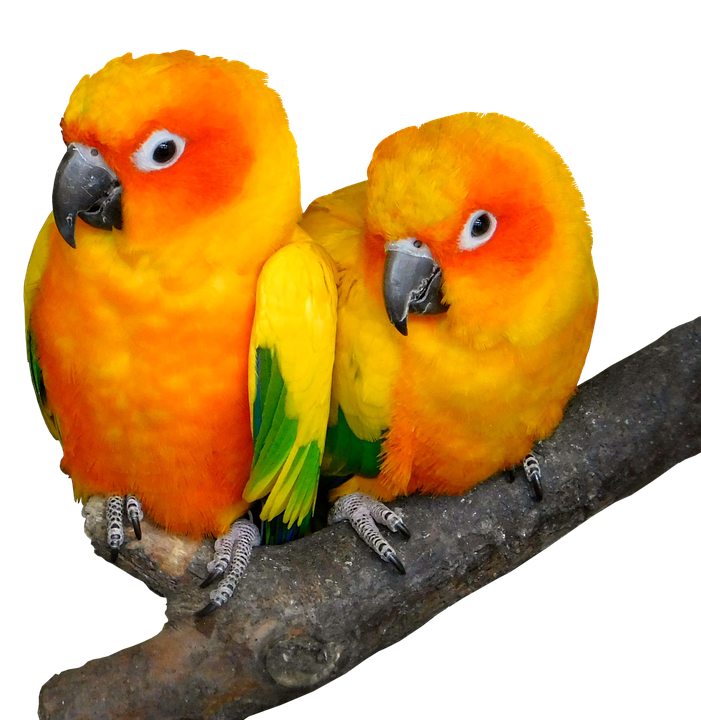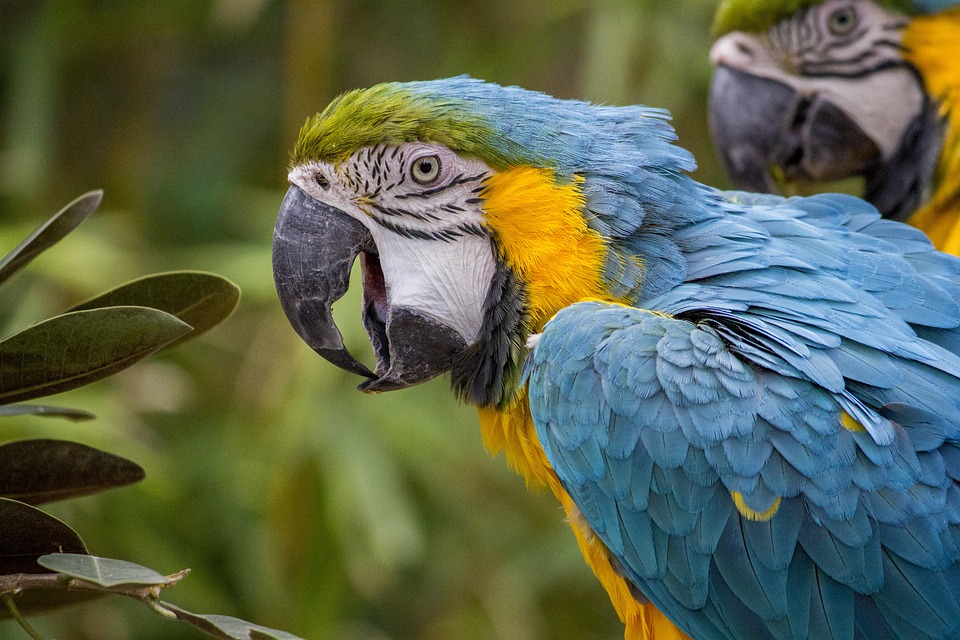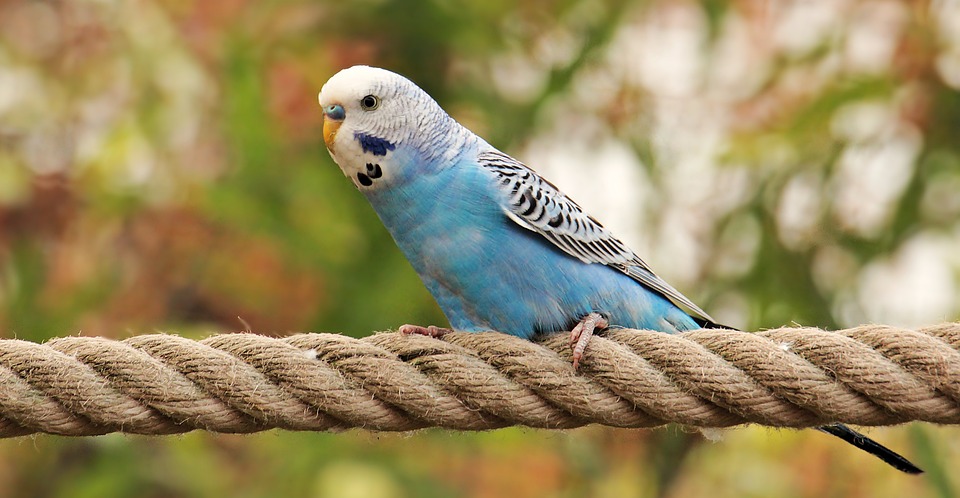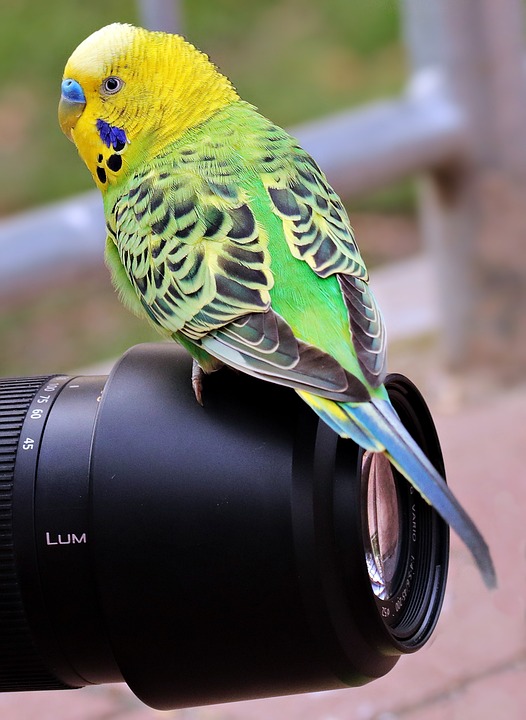Parrots are highly intelligent and social creatures, known for their colorful plumage and ability to mimic human speech. But what many people may not realize is that parrots also have a complex social hierarchy. In this article, we will explore how parrots establish and maintain their pecking orders, shedding light on their fascinating social dynamics.
Social hierarchy refers to the organization and ranking of individuals within a group. In the case of parrots, their social hierarchy plays a crucial role in maintaining order, reducing conflicts, and ensuring efficient resource allocation within the flock.
Parrots, being highly social animals, have evolved to establish pecking orders as a means of survival. By establishing dominance and submission, parrots can efficiently allocate resources, defend their territories, and ensure reproductive success. Dominance displays, such as puffing up feathers, loud vocalizations, and aggressive posturing, are common behaviors used by parrots to establish their rank within the flock. Aggressive interactions may occur, but they are typically limited to establishing dominance rather than causing harm.
Age and gender can significantly influence parrot social hierarchy. Older parrots often have higher social status due to their experience, while males and females may have different roles and behaviors within the flock. Parrots form strong bonds within their flock, often resulting in the establishment of pairs. These pairs may have a higher social status within the hierarchy, as they provide support and stability to one another.
Parrots communicate through vocalizations, body language, and displays to reinforce their social hierarchy. Submissive behaviors, such as lowering their heads or stepping aside, indicate recognition and respect of dominant individuals. Understanding and respecting the dominant individuals within a parrot flock is essential for maintaining a harmonious social hierarchy. This ensures that resources, such as food and perching spots, are efficiently allocated and reduces the likelihood of aggression.
Parrots have ways to enforce their social order. Disruptive behaviors, such as aggression towards dominant individuals or constant challenging, can result in negative consequences, including social isolation or exclusion from resources.
Different parrot species have varying social structures. Some species may form large flocks with complex hierarchies, while others may have more flexible social dynamics. Understanding the natural behavior of specific parrot species is crucial for comprehending their social hierarchy. The size and composition of a parrot flock can influence the stability and complexity of their social hierarchy. Larger flocks may have more intricate hierarchies, while smaller groups may have simpler social dynamics. Each parrot has its own unique personality traits, which can influence their position within the social hierarchy. Some individuals may be more assertive and dominant, while others may be more submissive or cooperative.
Understanding parrot social hierarchy helps caregivers provide appropriate resources, minimize stress, and create a conducive environment for their birds’ physical and psychological well-being. By recognizing and respecting the social hierarchy, parrot owners can reduce conflicts and aggressive behaviors within their flock. This leads to a more peaceful and harmonious living environment for the birds. Understanding parrot social hierarchy is crucial for introducing new birds to an existing flock or integrating parrots into a multi-pet household. Proper socialization techniques can prevent aggression and ensure a smooth transition for all birds involved.
In conclusion, understanding parrot social hierarchy is crucial for promoting their well-being, minimizing conflicts, and facilitating successful socialization. By recognizing and respecting their natural behaviors, caregivers can create a harmonious environment that supports the social needs of these intelligent and fascinating birds.

